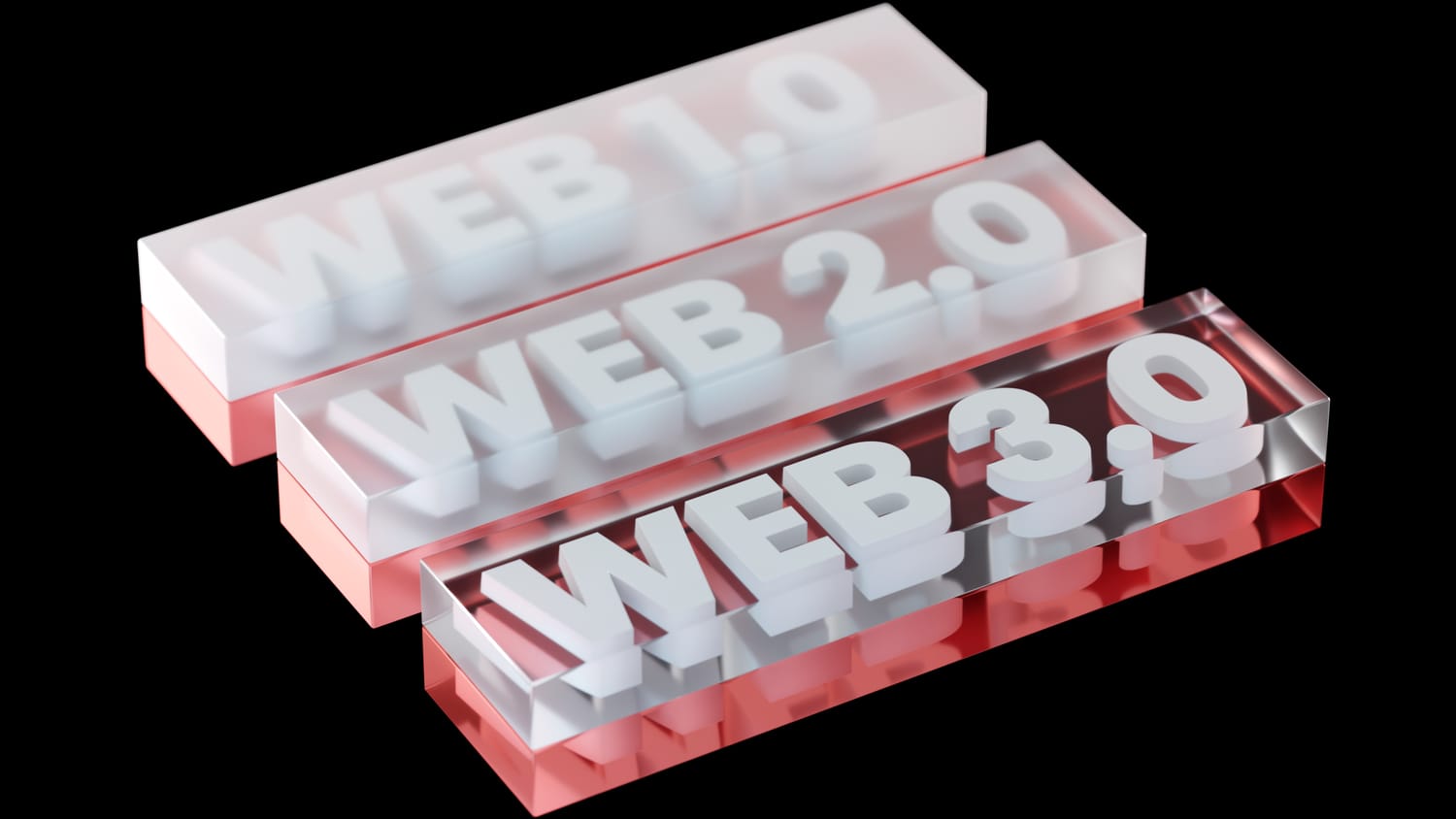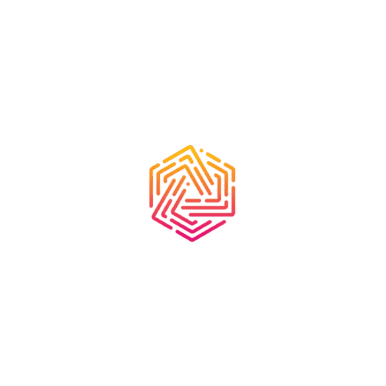
The smart contract a development to physical objects
Through the development of the blockchain, there is the possibility to verify contracts online. At this point Stefan Heinrich the web and C++ developer of NFTsolution.Network reports about the progression from Web1 to smart contracts with physical objects.
Stefan Heinrich has been interested in blockchain technology since 2012/2013 when he heard the word Bitcoin the first time. Bitcoin and Ethereum are the best known cryptocurrencies. Ethereum comes from the Canadian developer Vitalik Buterin, who proposed a new platform in 2013 that allowed decentralized applications and brought about a new era of online transactions. During the ICO (Initial Coin Offering) boom in 2017, Stefan Heinrich bought his first Ethereum.
In order to implement the purchase of Ethereum on a wallet, there are many technical developments. This requires some steps in the advancement of the internet. The inception was web1 from 1983, the connections between web1, web2 and web3 were not yet obvious even for Stefan Heinrich as a web developer. Through a podcast it became tangible for him.
The difference between web1, web2 and web3
Hereby, he describes that the web1 goes back to the fact that consumes can only read information. The web2 is again the next stage in which you can produce things by yourself. The web2 is the next level in which you can produce things by yourself. Content can be written and created in forums. Here, the rights lie with the platforms. You go from being a consumer to a producer. The difference in web3 is that the rights remain with the creator and in web3 you can participate in companies. “For example, if a platform advertises and makes high profits with content, which I will produce, then I can participate and in a way get paid a salary or participate in value increases of the platforms.” said Stefan Heinrich.
In order to carry out this participation, you need the blockchain. The blockchain serves as a database technology and basis for all cryptocurrencies as well as across the databases in the entire network. Herewith, the profits, including those of the NFTs (non fungible-token) can be verified. It goes so far that parts of NFTs can be shared.
At this point, Stefan Heinrich is particularly attracted to the further development of NFTs, especially their use as digital documents. NFTs are art in most cases these days. In a few exceptional cases, NFTs are also tickets for special clubs or events.
The smart contract – a new kind of deed
The next step is the formation of a legally secure deed, for example the purchase of a property or land as an NFT. This is faster to trade and less bureaucratic, has no legal fees and no notary costs. These are smart contracts that contain the terms between a seller as a code. At this point, you can see Stefan Heinrich’s passion by contributing to it himself as a C++ user.
What inspires many in the blockchain community is the decentralization and transparency in particular of NFTs. Stefan Heinrich emphasizes that nowadays on the NFT market it is difficult to recognize a real artist. Instead of that you will know if the artwork is an original or not. Transparency of the blockchain can contribute to this by allowing and showing the complete history of the NFT creator and the NFT itself.
Scoring of NFTs can lead to more transparency and trust
This is where NFTsolution.Network comes in, so that artists and buyers can draw understandable and meaningful conclusions from this history. The production and history of an NFT alone does not say much about the value or usefulness of an NFT. Social media channels such as Twitter or Instagram are analyzed in order to carry out an evaluation of NFTs. The trust in an artist increases with the number of followers. In addition, the previous sales success of the artist is considered. From these and other parameters, a scoring is calculated, the NFTtrust. This allows both the artist to promote themselves with a good score and the investors can assess how good the artist is. This works similar to the rating tools on Google or Amazon, where buyers or investors decide for or against a product based on reviews.
Another indicator to get a better rating of NFTs is from NFTsolution.Network. We created a user-based rating procedure (polling), under the name NFTchoice. This is a mutual voting between individual artists, investors, NFT owners and NFT interested parties. NFTs are brought into a race. Based on the appointed criteria, voters can vote which of these NFTs is the best. The NFT with the most votes wins. Both those who have bet on the right NFT have a profit, namely through won tokens, and the artists through a better awareness and more purchases. The artist can then use these two evaluations, both the polling and the scoring, to gain greater trust among his followers, buyers, or investors.
A smart contract for physical objects
But the NFT market is still very much in its infancy. NFTs can be realized for completely different projects. The other vision that Stefan Heinrich represents is that you can connect physical objects with an NFT. His example is an expensive watch. This watch is verified on the blockchain by a smart contract. After all, it can also be a copy made in China. The digital certificate or smart contract proves where the watch is produced, what the previous price was, whether the watch already has several owners. This can be tracked via blockchain technology. This is implemented by NFTsolution.Network as an independent entity with NFTident, which brings especially luxury assets as NFT on the blockchain. Another example is the sale of a car. A car is only sold with a title deed and its vehicle registration document. This is transferable to the watch and its certificate using a digital deed or smart contract through an NFT. When the car is sold, the NFT must be handed over in the same way as the vehicle registration document. These examples show what possibilities there are on the web3 to create a completely new form of buying, selling, participation and transparency through NFTs.
Through NFTs, both online images and physical objects can be a further development in web2 and especially web3.
If you want to use physical objects as NFTs for yourself and you want to become more information about us, visit the homepage at the following link! Good luck with your Smart Contracts!

Katharina Brosch is the manager of public relations from the start-up NFTsolution.Network. She contributes to the public especially to NFT investors and NFT artists to assess NFTs and to get profit out of it. Before Katharina Brosch came to the crypto space, she was in the insurance and finance industry for over one year as self-employed in Karlsruhe and Stuttgart. Her long university experience in research analysis helps Katharina now to write articles and perform in public. Katharina loves to travel around the world and in her free time she draws Pop Art NFTs. For any questions about assessments and ratings about NFTs Katharina and the team of NFTsolution.Network is available under the following email. [kb at nftsolution.network]


